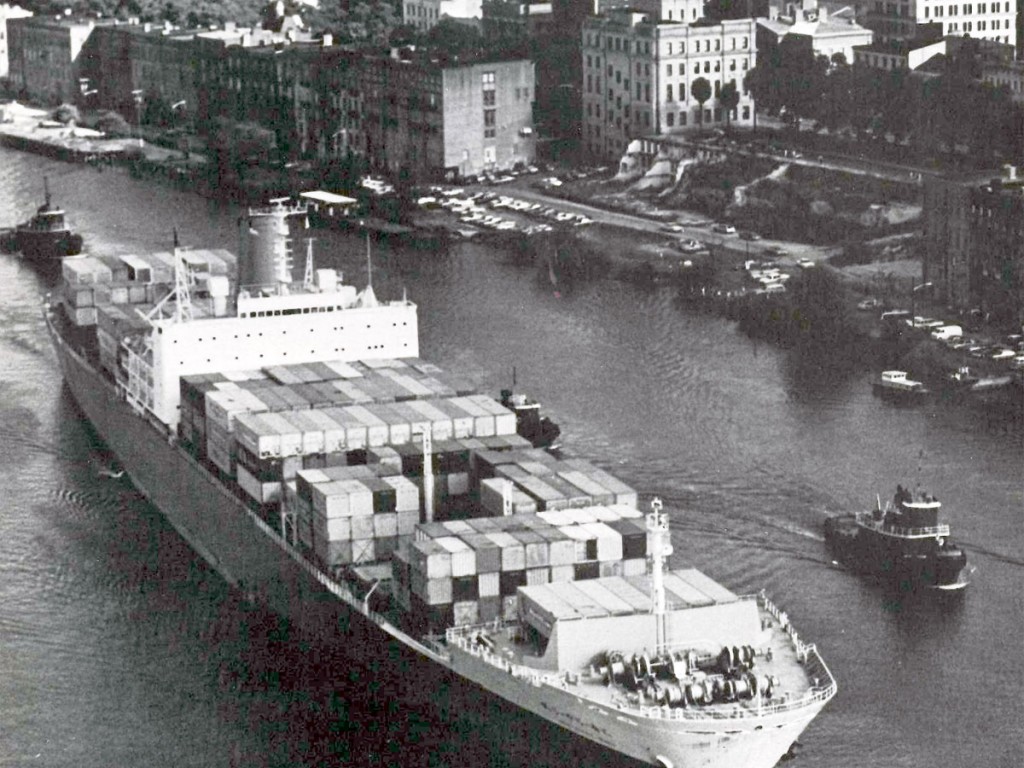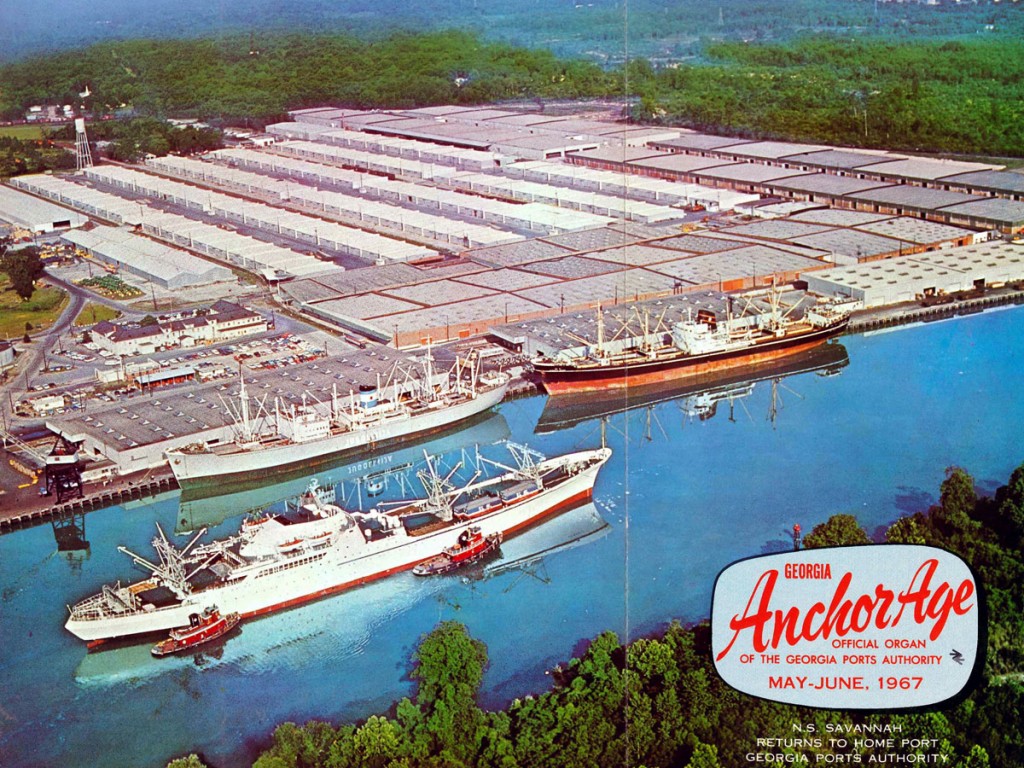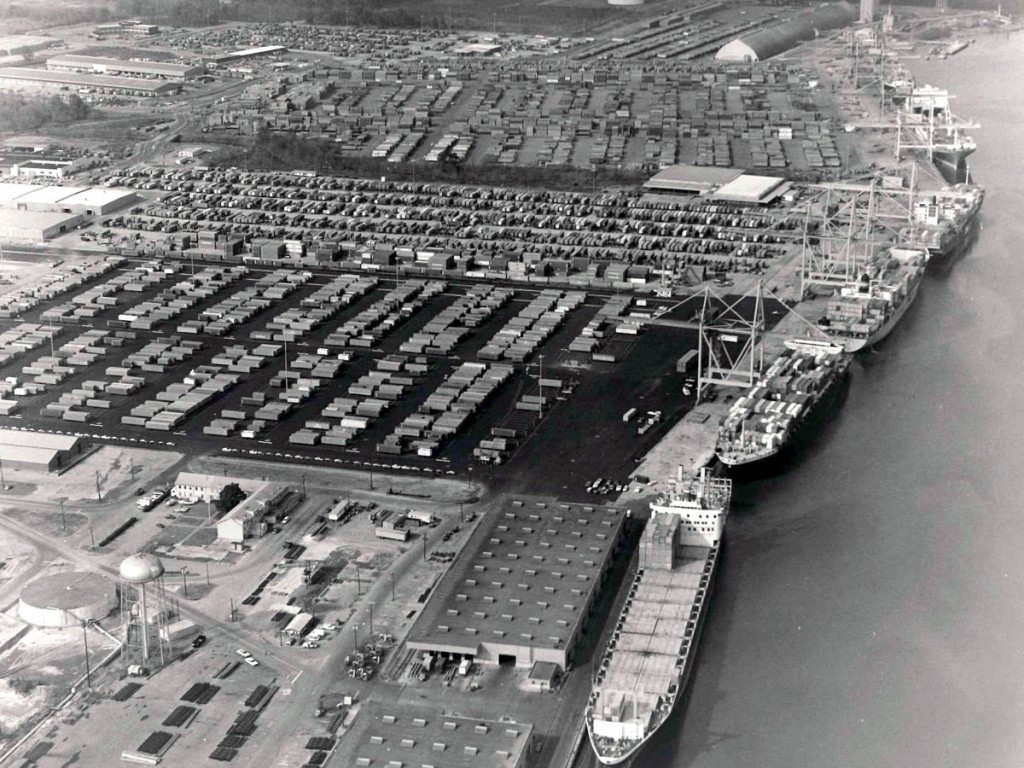Page 1: Global Trade
Page 2: Juggernaut Created
Page 3: Cargo Owners Wooed
Page 4: Brunswick also Prospers
Cargo Owners Wooed
Perhaps the most significant development around that time was a daring and unique vision shared by Doug Marchand, at the time executive director of the Georgia Ports Authority, and Dick Knowlton, his counterpart at the Savannah Economic Development Authority.
In addition to updating port infrastructure, Marchand began wooing cargo owners themselves – from Walmart to The Home Depot – in addition to the shipping lines, which had been the more traditional targets of port marketing.

As Marchand was courting cargo owners, Knowlton was acquiring large tracts of land near the port to offer sites for warehousing and distribution services. And Crossroads Business Park – the first pre-permitted development of its kind in the nation – was born.
For both Marchand and Knowlton, the project was an expensive and daring leap of faith. But it was the right vision at the right time and, once implemented, it quickly began distancing Georgia’s ports from competitors.
As the Savannah port grew, the need to deepen the harbor became more critical. In 2012, after 15 years of study, the U.S. Army Corps of Engineers approved the Savannah Harbor Expansion Project, or SHEP for short, which aims to deepen the Savannah River to 47 feet at mean low water and enable the port to better accommodate the megaships coming through the expanded Panama Canal.

One of the most important and productive civil works projects in the country, SHEP is currently more than 50 percent complete and already paying major dividends as the Port of Savannah sees more and more regular calls from supersized boxships with capacity to carry as many as 14,000 twenty-foot-equivalent container units.







